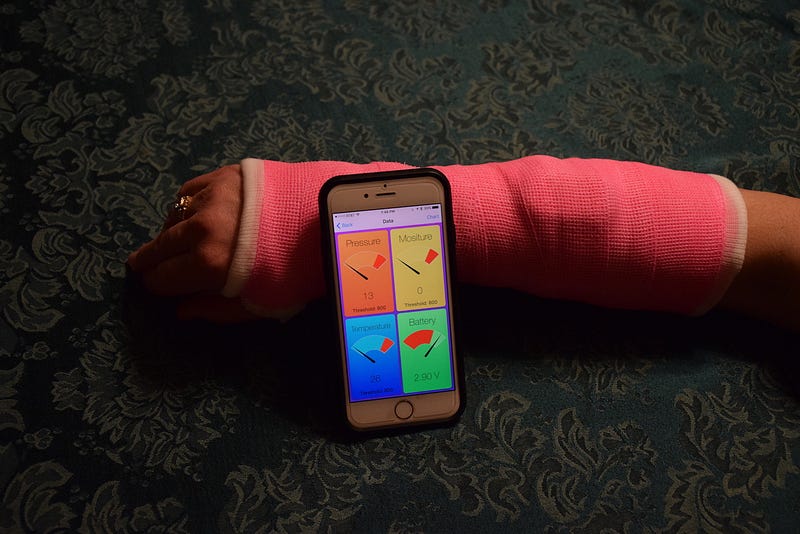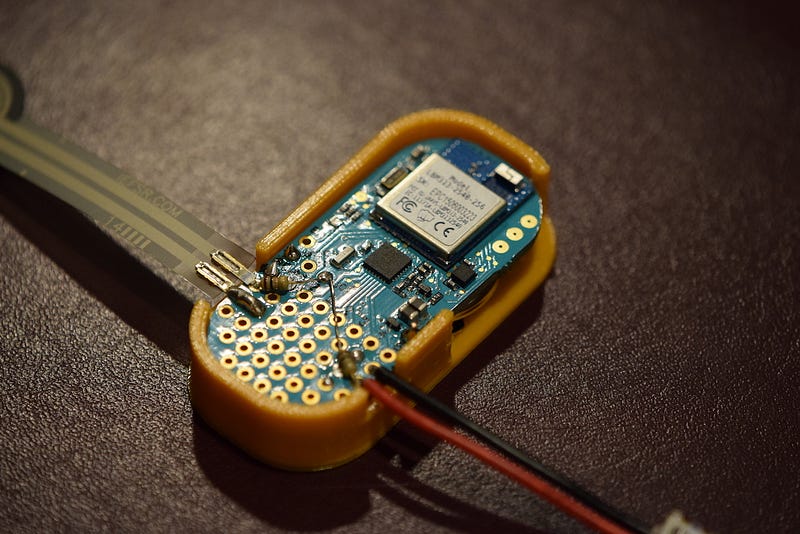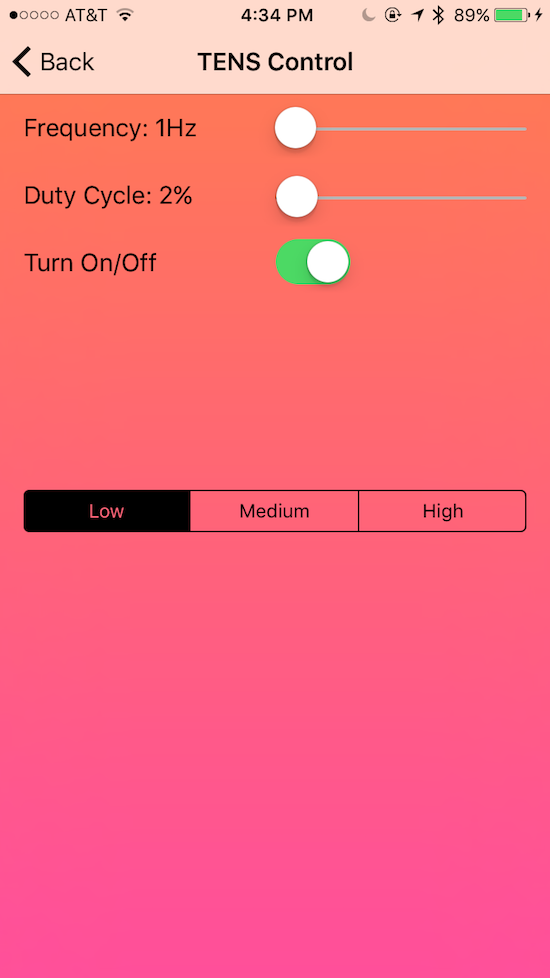My name is Alex Wulff. I’m currently 17 years old. Below is the long-winded answer for the question "what exactly is CastMinder?"
You can view more information and see more photos on the CastMinder project site. You can also view the poster.
In a nutshell, CastMinder is a system that can monitor conditions inside orthopedic casts and splints to detect conditions associated with the onset of complications. These include skin infection, skin irritation, bleeding, and something called compartment syndrome, where an excess of pressure can lead to circulation loss in the casted limb. Additionally, I’ve incorporated devices into this system that can increase the rate at which new bone is formed, and decrease patient pain during the healing process. Embedded under the cast are small sensors, which collect data about conditions inside the cast or splint. These devices then send data to an iPhone application that I’ve spent hundreds of hours (way too much time) working on. This application can collect and analyze this data and predict the onset of harmful conditions before they arise inside the cast. The whole system is patent-pending!

At the heart of many of the devices in this system is Punch Through Design’s LightBlue Bean. The Bean is literally perfect for my project because it integrates Bluetooth, ultra-low-power operation, and a variety of onboard sensors into one concise package. The devices actually embedded inside the cast utilize a variety of different sensors to determine environmental conditions inside the patient’s cast. These sensors include a force-sensing resistor, homemade moisture sensors, and the Bean’s onboard motion and temperature sensors. The programming for these nodes is actually quite simple — all they do wake up at certain intervals, collect data from the various sensors, package it into one long string, send it via virtual serial to my iOS app for processing, and go back to sleep to save battery.

The iOS app is where things get a bit more complicated. Every time the iOS application receives data, it needs to check to make sure this data falls within defined parameters, but then it needs to add this data to a stack for analysis. I wrote an algorithm that analyzes thousands of sensor logs from this stack to determine not just that something could be immediately wrong inside of a user’s cast, but when complications may be at risk of developing. If so, the application also needs to alert the proper parties that something is wrong, and convey this to the patient. I’ve paired the app’s overhead down from using a quite hefty 50% of the device’s CPU (you could use it as a hand warmer) to a much more manageable 3% on every incoming serial message. The app also has to run in the background to continuously receive sensor data from the Beans, so I had to work really hard to get the energy impact low as well. While all these complex processes are happening, the app needs to display this data in a nice format to the user upon request, without any lag.

The iOS application also has the important task of controlling what I call the “active healing” portion of my project, which involves increasing the rate at which new bone is formed, and decreasing patient pain. I accomplish this through a combination of two separate devices — a transcutaneous electrical nerve stimulation (TENS) device and a bone growth stimulator. Both of these devices are prescribed outside of orthopedic casts and use electrical stimulation; however, this is the first time that someone has actually combined these two devices into one, and integrated them into a cast. The active healing unit is powered by, you guessed it, a LightBlue Bean. The iOS app allows the user to configure and turn on/off either system. It then sends this data to the Bean via virtual serial to interpret it and adjust the electrical output accordingly.

 Alex
Alex